One in almost 700 U.S. babies is born with an extra copy of chromosome 21, the condition known as Down syndrome. This additional genetic material causes the physical traits characteristic of Down syndrome (DS), including low muscle tone, small stature and an upward slant to the eyes. Down Syndrome Awareness month reminds the world that people with Down syndrome are valued and cherished members of our communities, contributing to society in a variety of ways.
Truths about Down syndrome
- Down syndrome is the most frequently occurring chromosomal disorder.
- Average life expectancy for people with Down syndrome is approaching that of peers without the condition.
- In 99% of cases, Down syndrome is completely random, rather than hereditary, and the only known factor that increases risk is maternal age. Even so, 80% of babies with Down syndrome are born to women under the age of 35, since they have more babies than women over this age.
- Most people with Down syndrome have only mild to moderate cognitive delays. Many participate in mainstream academic programs and earn regular high school diplomas and college degrees.
Down Syndrome Etiquette
- Down syndrome is a syndrome or condition, not a disease.
- People “have” Down syndrome. They do not “suffer” from it.
- Always refer to people with Down syndrome as people first, as in, “a child with Down syndrome.” Avoid saying things like, “Down syndrome child” or “he has Down’s.”
Types of Down Syndrome:
1. In Trisomy 21, the 21st chromosome of either the egg or sperm fails to separate before or during conception. The extra replication occurs in every cell of the body as the embryo develops. This type accounts for 95% of cases.
2. In Translocation, part of chromosome 21 splits off and attaches to another chromosome. This type accounts for 4% of cases.
3. In Mosiacism, the extra chromosome is replicated in only one cell division, resulting in fewer physical traits characteristic to Down syndrome. This type is responsible for 1% of cases.
Common Characteristics:
People with Down Syndrome tend to share common physical characteristics, such as:
- Slightly flattened face with an upward slant to the eye
- Short neck with excess skin at the nape
- Flattened nose
- Deep, single crease in the palm of the hand
- White spots on the iris of the eye
- Decreased muscle tone and loose ligaments
- Small ears, hands and feet
- Separated joints between the bones of the skull (sutures)
In addition to the physical similarities, people with DS may also have varying degrees of intellectual and developmental disabilities which affect language and motor skills. For many people, the level of impairment is mild to moderate.
While individuals with Down syndrome experience developmental delays and are at higher risk for some medical complications, their contributions to society are valued and cherished. Like those without the disorder, they have many unique talents and gifts that enrich our communities.
Parents or loved ones of people with Down Syndrome can tap into an abundance of treatment programs and support systems, as well as education services and other assistance resources available. For support groups and services in your area, see this National Down Syndrome Society Affiliate Map.
Source information for this article was provided by MayoClinic.com, KidsHealth.org, PubMed Health, the National Association for Down Syndrome, and Shield HealthCare’s Corporate Registered Dietitian.






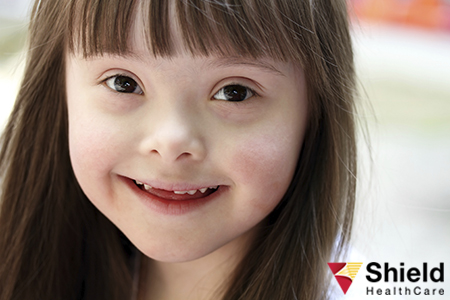


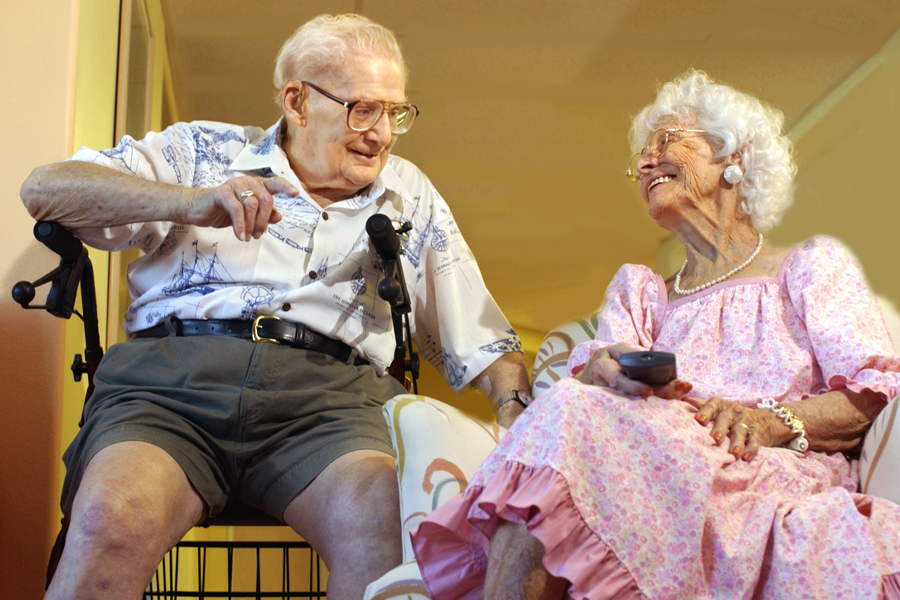
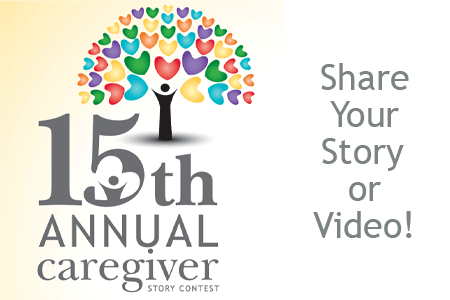
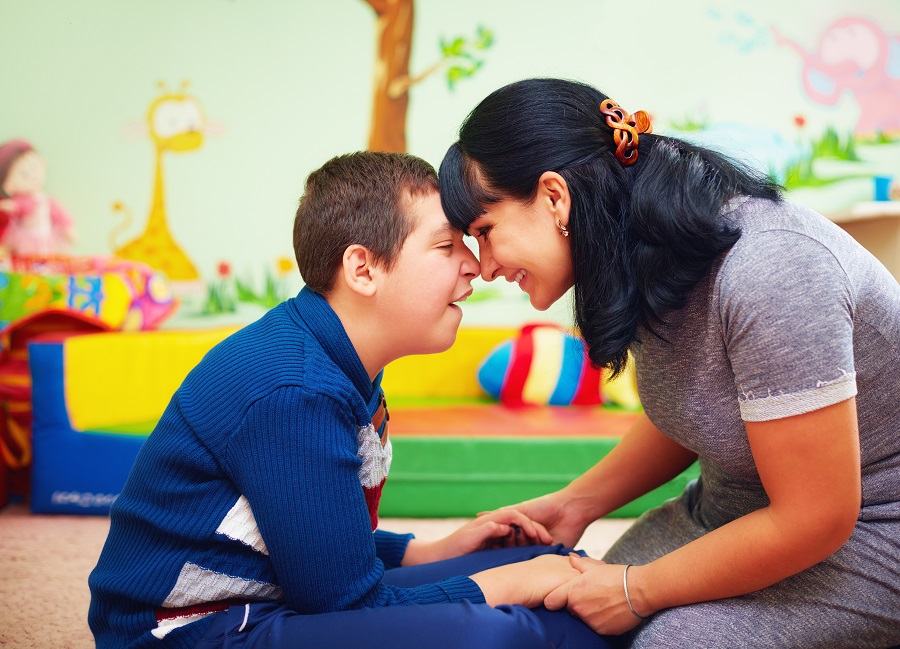

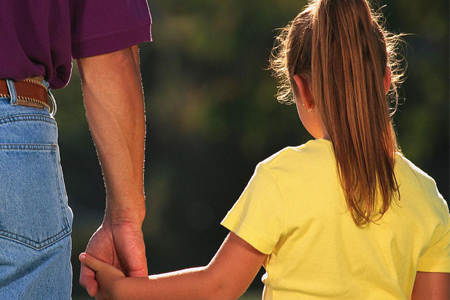


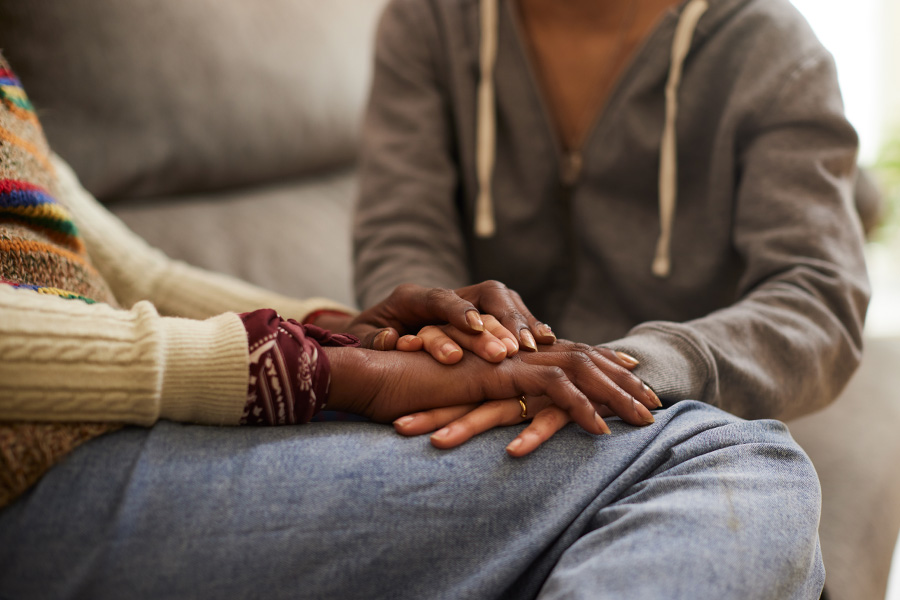
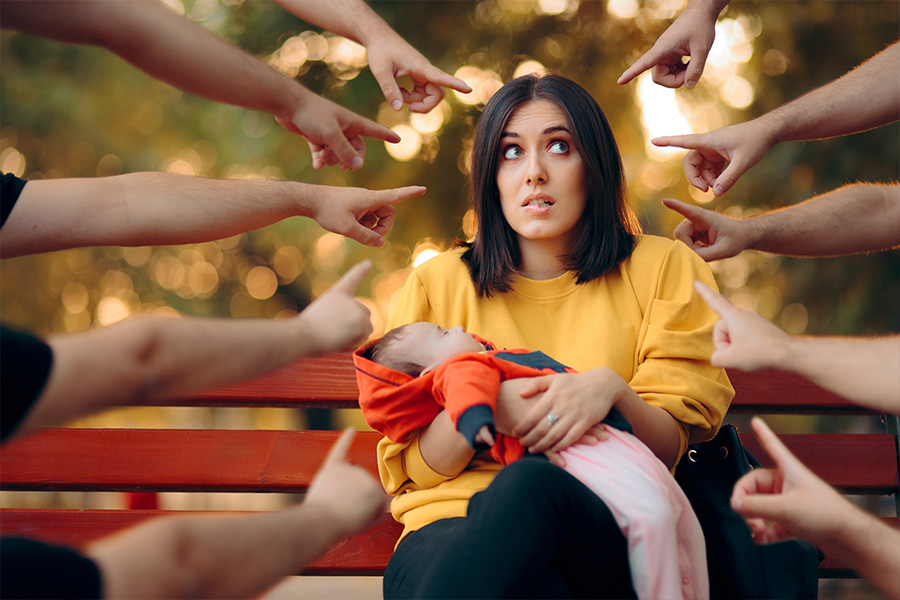
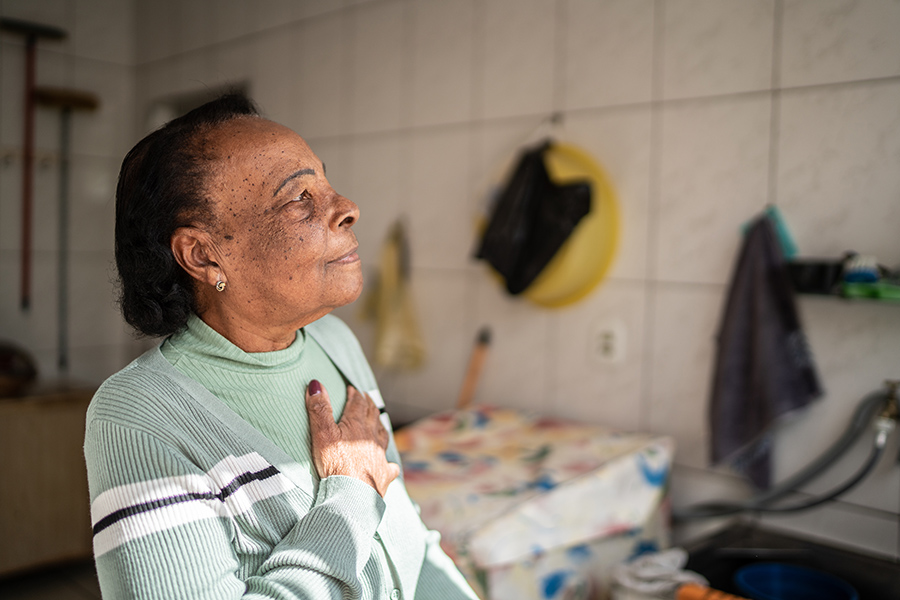
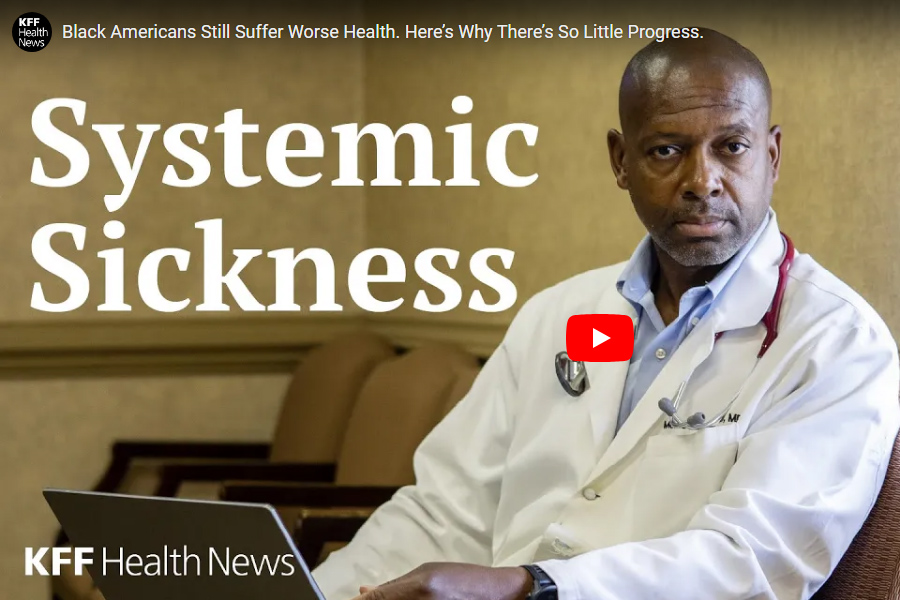
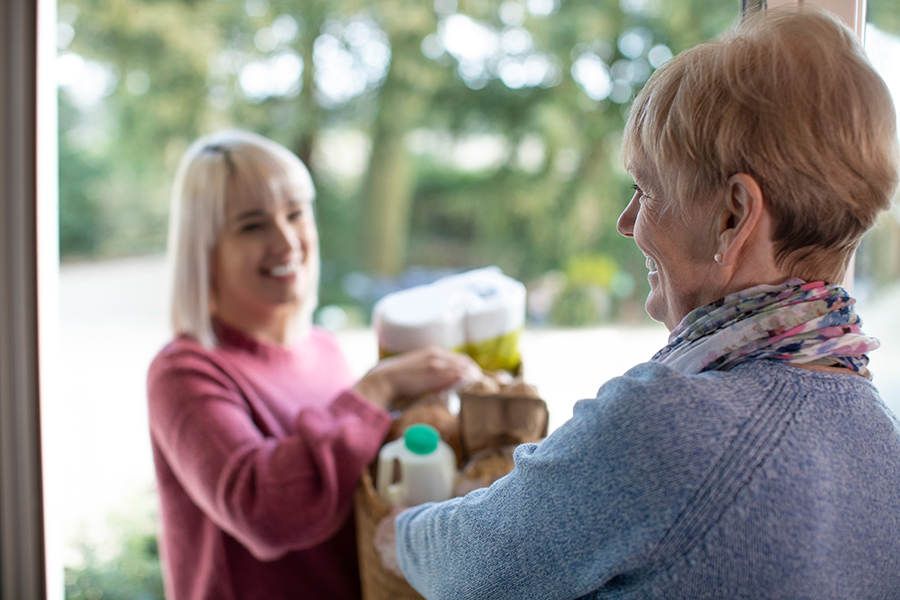
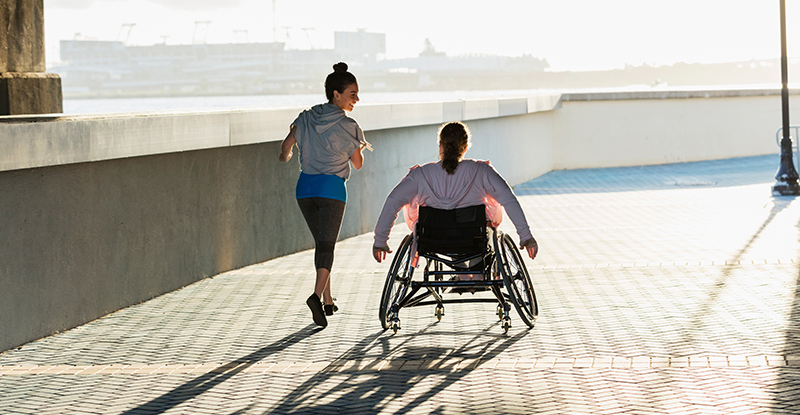
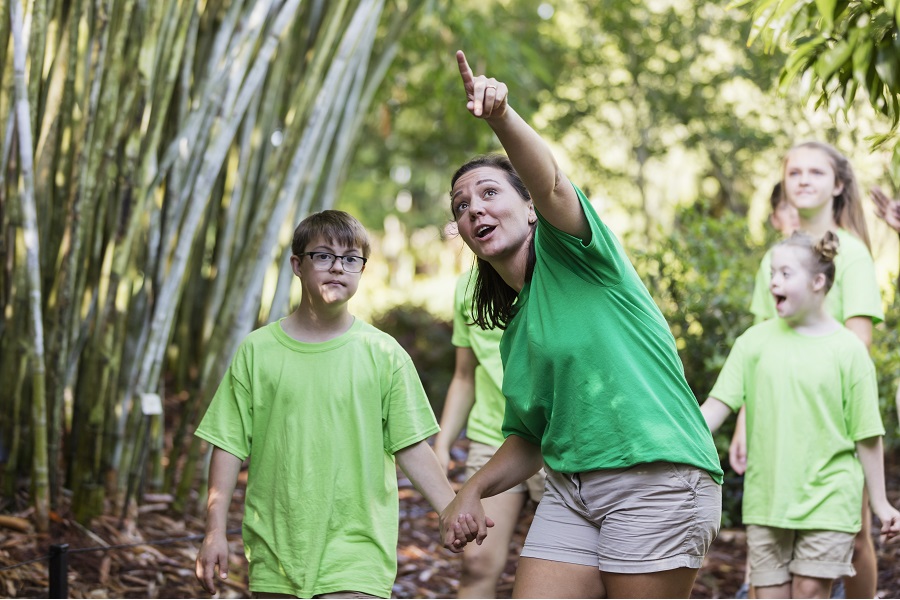
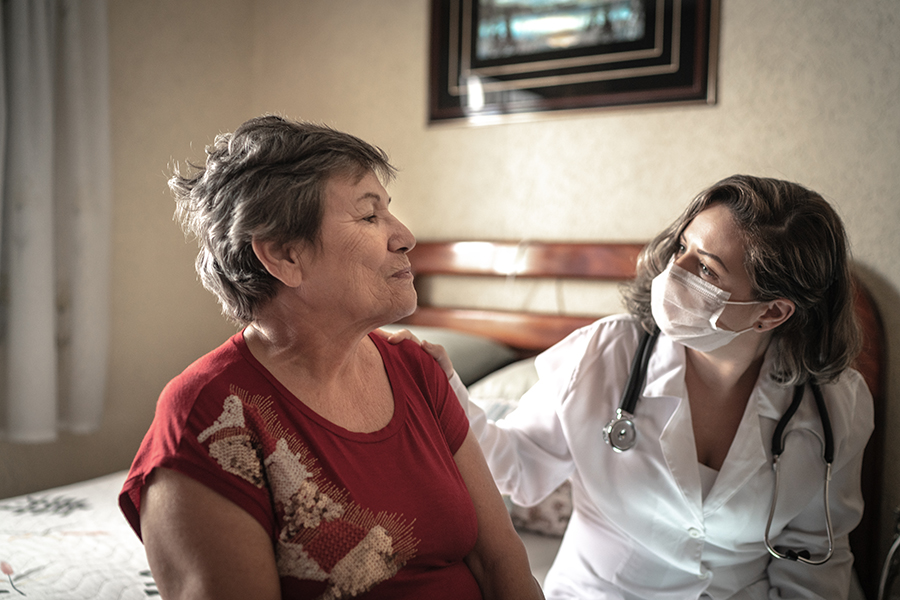
As the parent of a 37 year old daughter with Down syndrome My wife and I really appreciate your inclusion of National Down Syndrome Awareness Month in this email. We have both been very active in the cause of awareness of the needs of people with developmental disabilities and the more information that is out there the better it is for them. With good educational opportunities and support our daughter has done very well and has been living on her own for the past 10 years.
Wow thanks for the great info on celebrating Down Syndrome month in October. My daughter was born with Down Syndrome almost 24 years ago. She is doing very well. While in elementary school (mainsteamed every year) she got various class awards including one for reading the most books in a month. She is now working full time at a workshop and takes the bus every day. She would rather go to work than take a day off!! She has joined the working world! Horray for Sara!!
My Son has CP and went to special ed for all his grades in school. What made school the best ever for him was having a pair of twins in his class for those years and I’ll say with Up -Syndrome Eddy and Rudy. Those two boys were and are the most loving young boys . They helped him every day to complete his tasks and cheered him on at every accomplishment! If it were not for Eddy and Rudy I would have never let him ride the bus . But knowing that they were there along with another Up-syndrom boy David to help him and tell me of his day made my son Johns world better and so much more complete!! They befriended him and lifted his spirits UP UP UP !! They didnt care that he couldnt talk they spoke for him and amazingly so! they took the time to read his emotions and expressions. They loved to push him in his chair and wipe the slobber from his lips when he needed it. There has never been a better pair of friends to anyone.
My son is 9years old and was diagnosed with Downs Syndrome. He has constant ear infections and never a constant passing hearing test. He doesn’t speak but has been learning to sign at the Helen Keller school Talladega Alabama.
Any resources or disability benefits we may qualify for please let me know.
Thank you!